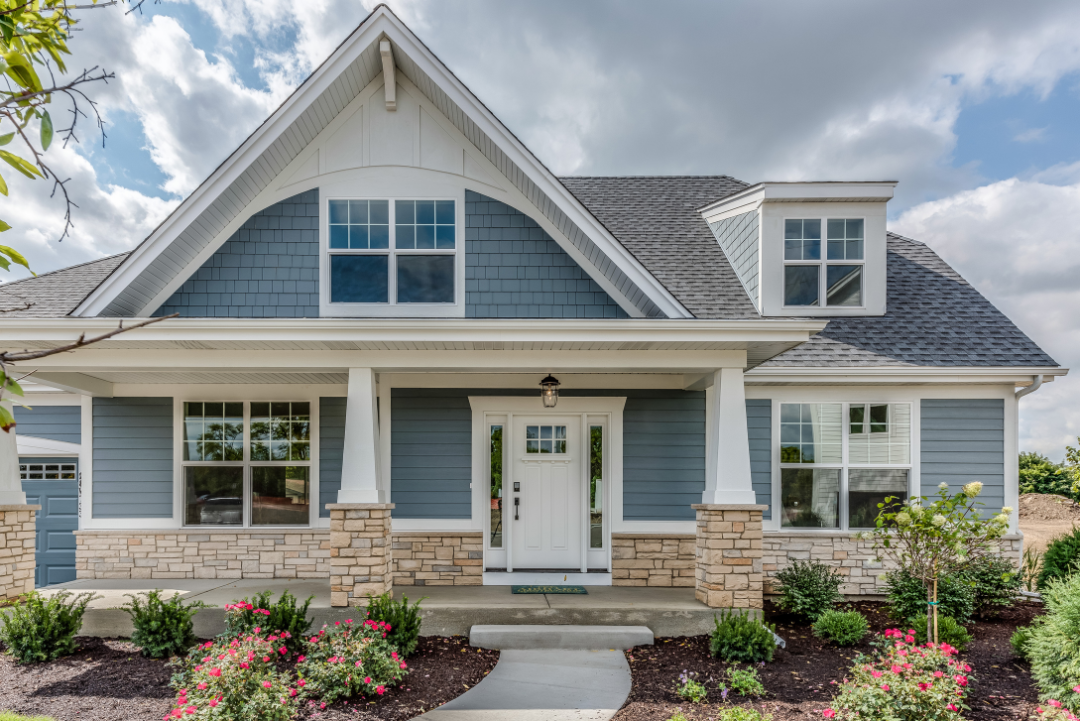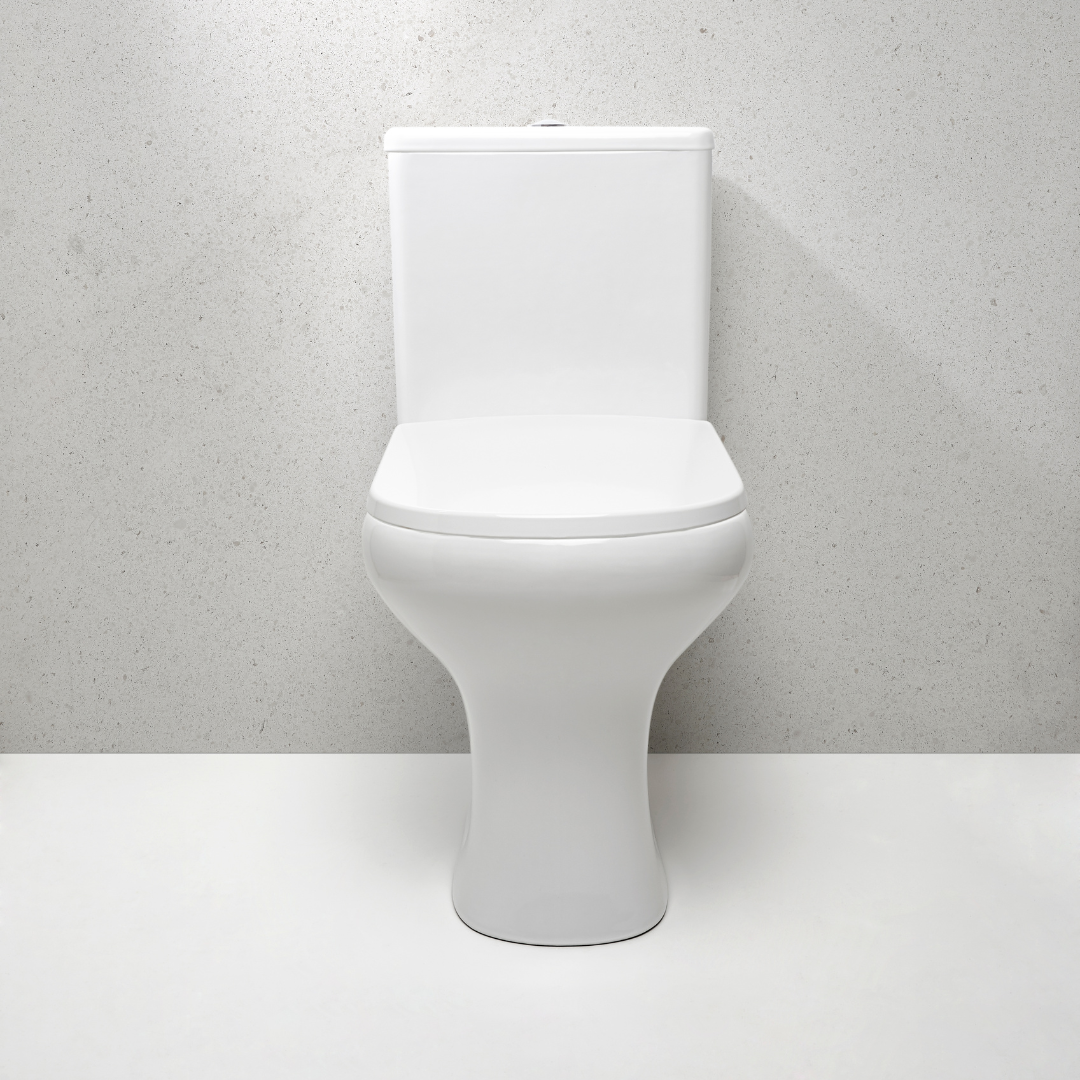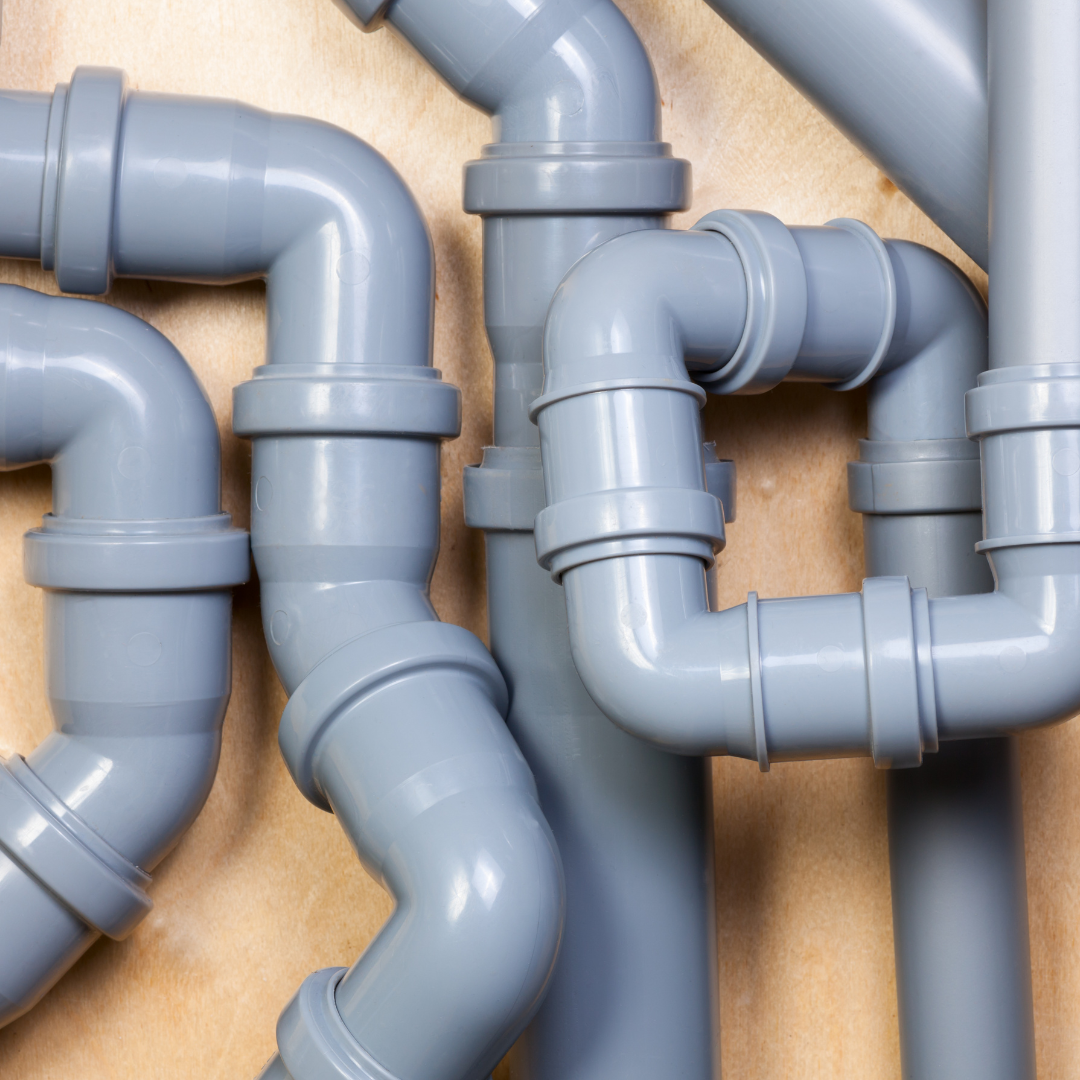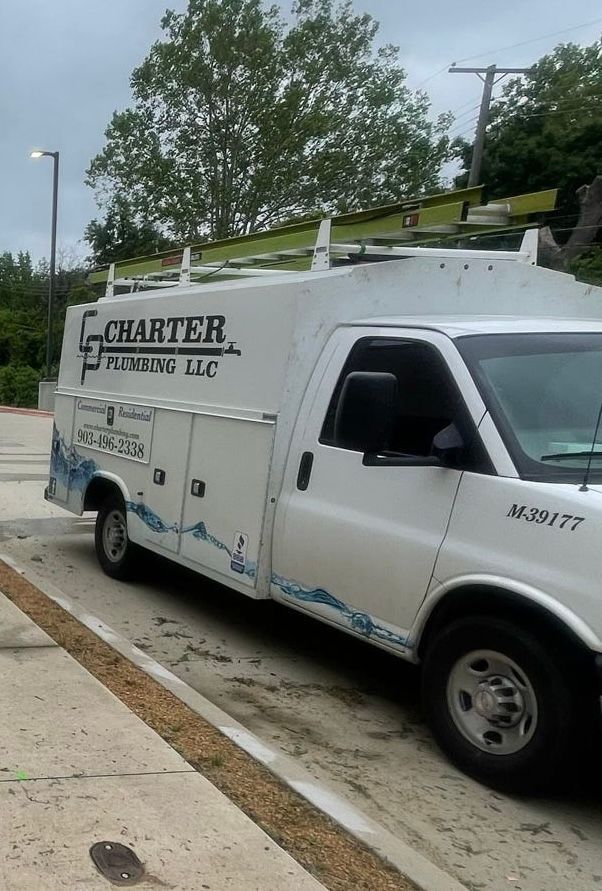How to Perform an Initial Plumbing Check When Buying a Home

Buying a home is a significant investment, and ensuring the property is in good condition is crucial. While many potential buyers focus on the aesthetics and layout of a house, the state of the plumbing system is equally important. A faulty plumbing system can lead to expensive repairs and potential water damage in the future. To help you avoid these pitfalls, we've put together a comprehensive guide on how to perform an initial plumbing check when you’re looking at a home to purchase.
1. Inspect Visible Pipes and Fixtures
The first step in your plumbing inspection should be a visual examination of all accessible pipes and fixtures. Look for any signs of corrosion, leaks, or damage.
- Check under sinks: Open the cabinets under the sinks in the kitchen and bathrooms to inspect the pipes for leaks or moisture. A damp smell or mold growth can indicate long-term leaks.
- Examine exposed pipes: In basements, crawl spaces, or utility rooms, inspect any exposed pipes. Corroded or rusty pipes may need replacement soon.
- Look at the water heater: Assess the water heater for signs of rust, leaks, or any other visible damage. Ensure it’s adequately maintained with no indications of neglect.
For more detailed guidance on handling plumbing issues, refer to our emergency plumbing services page.
2. Test Water Pressure and Quality
Water pressure can significantly impact your comfort and the efficiency of appliances like dishwashers and washing machines.
- Turn on faucets: Check the water pressure by turning on all the faucets in the house simultaneously. The water flow should be strong and steady.
- Flush toilets: Ensure toilets flush properly and refill at a reasonable speed. Slow refills can indicate issues with the fill valve or other components.
- Water quality: Consider testing the water quality, especially if the home relies on a well. Hard water or water with high mineral content can cause long-term damage to pipes and appliances.
3. Inspect the Sewer and Septic System
Sewer and septic system issues can be costly and unpleasant to fix.
- Sewer line inspection: Ask the seller for records of any recent sewer inspections. If these are not available, consider hiring a professional to conduct a camera inspection of the main sewer line.
- Septic tank: If the property uses a septic system, inquire about its maintenance history. A well-maintained septic system should be pumped every 3-5 years.
For expert advice and services related to sewer lines, visit our sewer line repair and replacement page.
4. Check for Proper Drainage
Proper drainage is essential to prevent water damage and ensure the longevity of the plumbing system.
- Gutters and downspouts: Ensure gutters and downspouts direct water away from the house foundation. Poor drainage can lead to foundation problems and basement flooding.
- Basement and crawl spaces: Look for signs of water intrusion or standing water. These areas should be dry and free from musty odors.
5. Evaluate the Age of Plumbing Components
Older plumbing systems are more likely to have problems. Determine the age of the plumbing components to anticipate potential issues.
- Piping material: Identify the material of the pipes. Older homes may have lead, galvanized steel, or polybutylene pipes, which can pose risks or are prone to leaks.
- Water heater age: Check the manufacture date on the water heater. Most water heaters last about 8-12 years, and an older unit may need replacement soon.
6. Consult with a Professional Plumber
While an initial inspection can reveal many issues, consulting with a professional plumber is highly recommended for a thorough assessment.
- Professional inspection: A licensed plumber can perform a detailed inspection and identify problems that might be missed during a casual check.
- Estimates for repairs: If issues are found, a plumber can provide estimates for necessary repairs, which can be useful for negotiating with the seller.
Visit our plumbing inspection services page for more information on professional plumbing inspections.
7. Consider Future Plumbing Needs
Think about your future needs and any potential renovations. If you plan to add a bathroom or remodel the kitchen, the existing plumbing system should be able to handle the increased load.
- Upgrading pipes: In older homes, you might need to upgrade the plumbing to accommodate modern appliances and fixtures.
- Expansion potential: Ensure the main water line and sewer line can support future expansions or additional fixtures.
8. Review Plumbing Permits and Records
Request any available plumbing permits and records from the seller. These documents can provide valuable information about past repairs, upgrades, and compliance with local building codes.
- Permit history: Reviewing the permit history can give you insights into the work done on the property and if it was performed by licensed professionals.
- Maintenance records: Maintenance records can help you understand how well the plumbing system has been cared for and any recurring issues.
9. Stay Informed About Plumbing Best Practices
Educating yourself about plumbing best practices can help you maintain your new home and prevent future issues.
- Authoritative resources: Websites like This Old House and the American Society of Home Inspectors (ASHI) offer excellent resources and guides on home maintenance and plumbing.
- Local plumbing codes: Familiarize yourself with local plumbing codes and regulations to ensure any future work complies with the standards.
Performing an initial plumbing check is a crucial step when purchasing a home. By inspecting visible pipes and fixtures, testing water pressure and quality, evaluating drainage, and consulting with a professional plumber, you can avoid costly surprises and ensure your new home’s plumbing system is in good condition. For more expert advice and services, visit Charter Plumbing, your trusted partner in all plumbing matters.
Taking these steps will give you peace of mind and help you make an informed decision about your new home. If you need further assistance or professional inspection services, don't hesitate to reach out to us. We're here to help you ensure your new home’s plumbing system is safe, efficient, and reliable.
Charter Plumbing LLC


Quick Links



